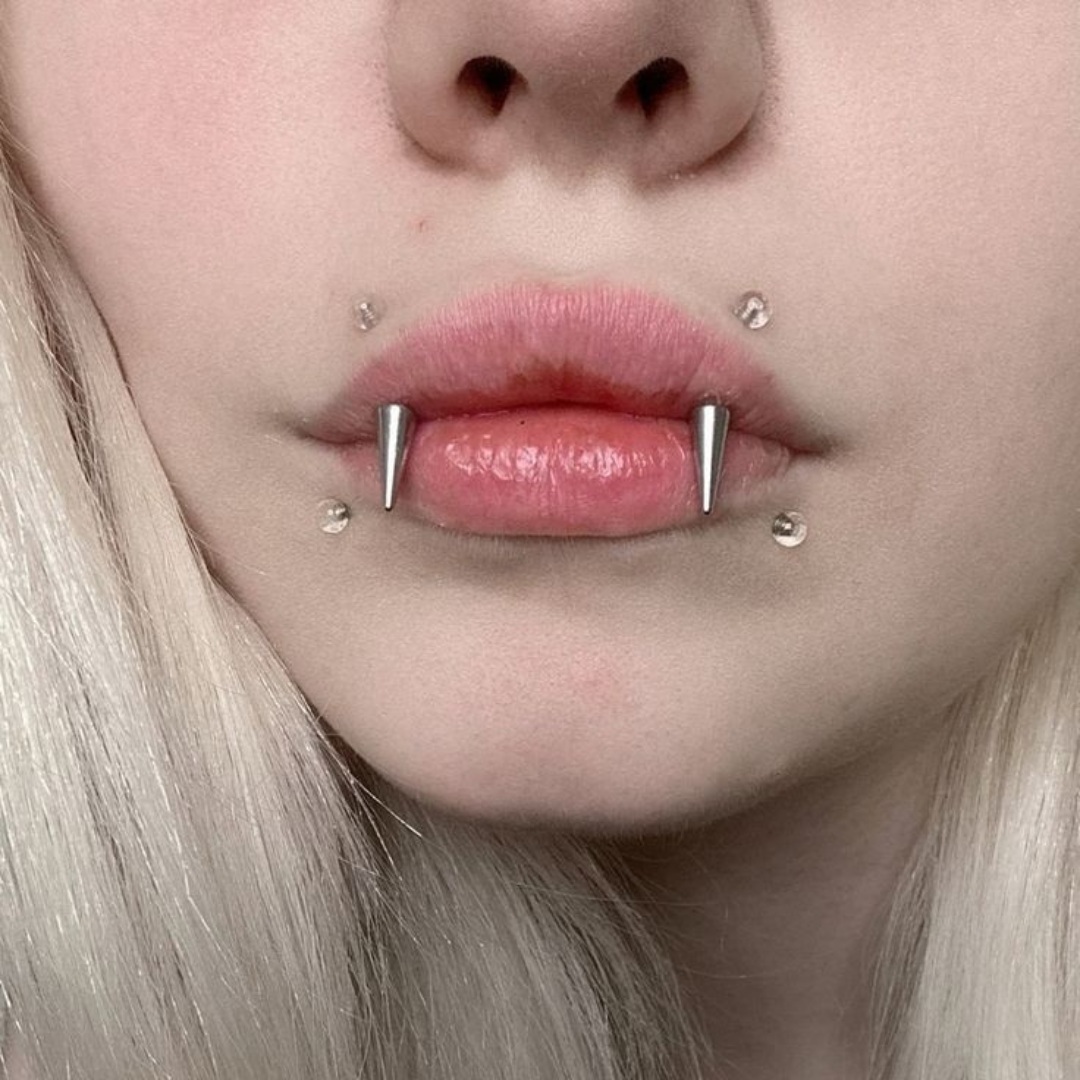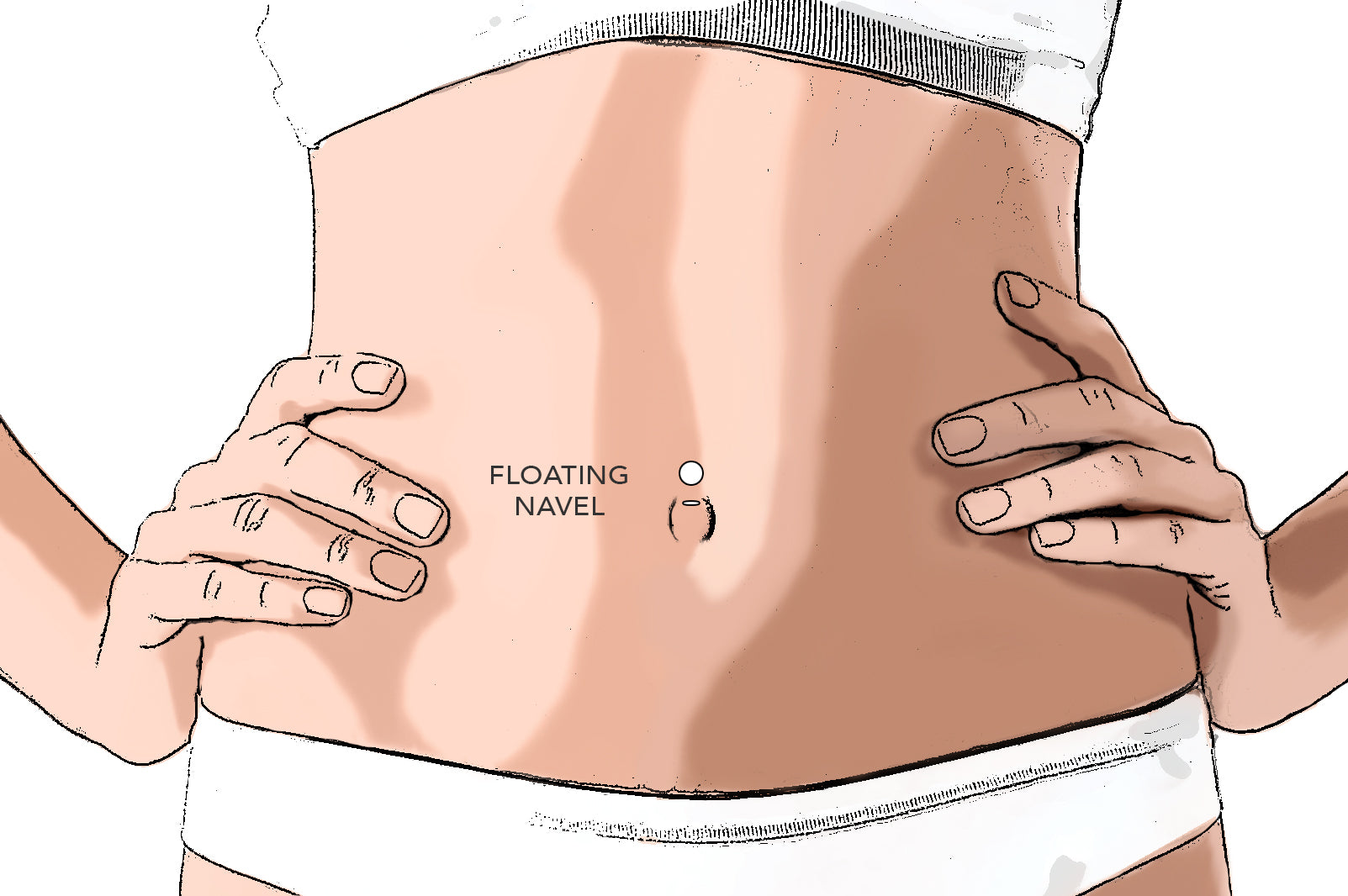New piercings, while delightful, come with their own set of anxieties. You may find yourself looking at it in the mirror, wondering if it looked like that the night before. What is that crusty stuff? Is it supposed to look like that? Today we’re going to take a moment to discuss what is normal for a new piercing.
Bleeding
To a certain extent, this is totally normal. (After all, you had a needle put through a piece of your body. Blood is going to happen.) Blood may continue to happen for a couple of days after the initial piercing, especially if you sleep on it. Blood is not normal if you were pierced weeks ago or if it is in copious amounts. If your piercing starts to bleed a long time after you were pierced, consult your trusted piercer. If your piercing is bleeding heavily and will not stop, please seek medical attention.
Crust
You may find that your piercing develops yellow crusty stuff, possibly a lot of it. You may also find that your piercing develops no crust at all, whatsoever. Either one is totally normal. The crust is just lymph, a normal bodily fluid and NOT the same as pus. A lack of lymph on your piercing doesn’t mean anything either, it’s ok to not have it. Just use sterile saline spray to remove it when you clean your piercing or let the shower wash it away.
Swelling
This is absolutely, totally normal. (Again, someone stabbed you with a needle. Some swelling is to be expected.) This is why piercing jewelry is usually longer than necessary, to accommodate the swelling afterwards. Longer jewelry prevents the swelling from engulfing the piercing. Swelling should be expected for the first few days to the first week immediately following the piercing. If you have had your piercing for a while and it begins to swell a lot, you need to consider seeing a doctor. Piercings known for swelling extensively afterwards include tongue, lip, vertical labret, and philtrum. Using ice or taking a Non-Steroidal Anti-Inflammatory medicine may help with any swelling. (note: this is not medical advice. Please always check with your doctor before taking any medications)
Bruising
Again, totally normal stuff. You can pretty much expect to have bruising if your piercing was close to your eyes. Bridge and eyebrow piercings are two of the main culprits. You may also get bruising if your piercing was done with clamps but it’s not a requirement. Some people bruise more than others and it may not matter where your piercing is located, you may have bruising afterwards. Do not panic, it will subside on its own and may take days to two weeks to completely disappear.
Itching
Many people mistake this for a sign of infection or an allergic reaction. Itching is actually totally normal. It will likely take a few weeks to show itself but don’t panic if and when it does. Itching is actually a good sign of healing. It should be a mild, annoying itch and not an extreme and overpowering itch. If your itching is accompanied by green discharge, redness, warmth, and swelling and it’s been weeks since you were pierced, you may have an infection. You should go see a doctor if this is the case. If everything looks and feels normal and your piercing itches, it’s healing and that is good.
As much as everyone loves a new piercing, it can be anxiety-inducing to go through the healing process. Now that you know what’s totally normal and not a sign of something terrible afoot, you should be able to breeze through the healing process without worrying about every new development. Happy piercing!






